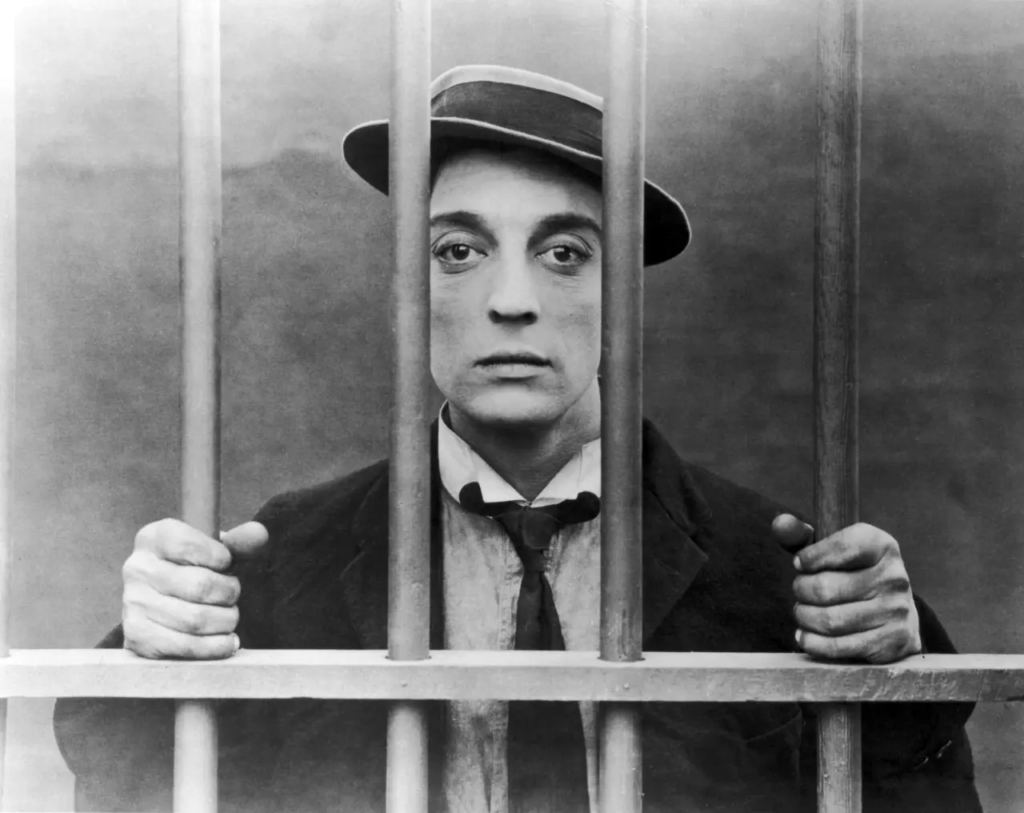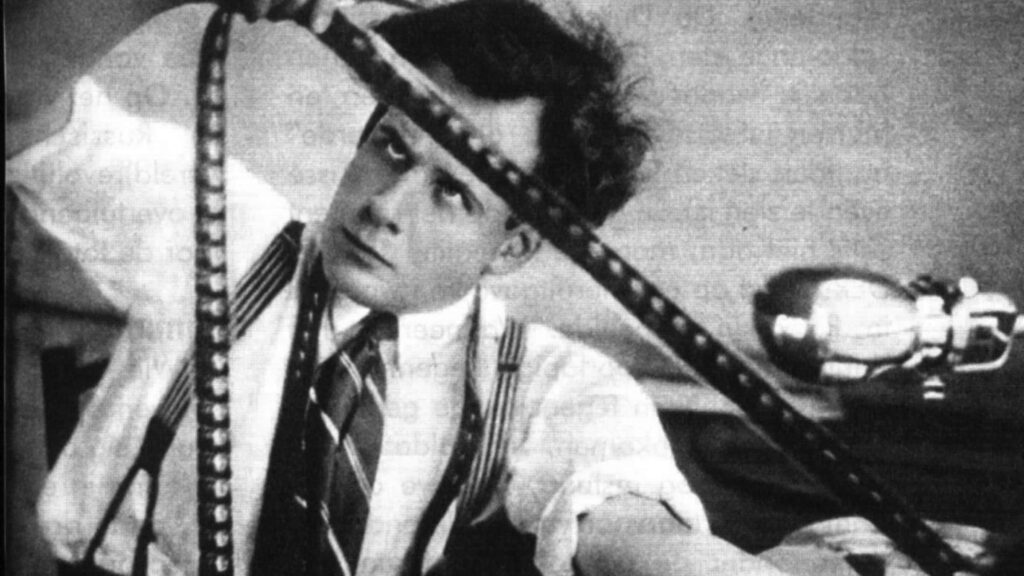Virtual Reality (VR) and Augmented Reality (AR) technologies have opened new ways in immersive storytelling. VR offers viewers a fully immersive experience, transporting them into virtual worlds, whereas AR enhances the experiences by adding elements of the virtual world into the real world.


In the above two images, the first one can be seen as a perfect example of Augmented Reality (AR), where an individual is interacting with virtual elements as they appear in their real world. The second image can be seen as an example of Virtual Reality (VR), where a person is transported into a virtual world, but it would feel as if they are in the real world. These technological advancements significantly transform the art of storytelling, enhance viewer engagement, and create immersive experiences.
To understand how AR is currently influencing the filmmaking process, take a look at the impressive tools at our disposal today. Many of you, who have recently been involved in filmmaking must already be familiar with the amazing AR software that help to simulate on-set scenarios, camera movements, and lighting setups. These are however just a few of the applications of AR. Augmented reality can help the viewers have a more immersive experience in fictional or fantastical settings.
With VR, the traditional concept of aspect ratios and fixed frames will no longer apply, as viewers can look in any direction. This challenges filmmakers to create narratives that work in a 360-degree environment. Filmmakers need to adapt to capture scenes that work in a 360-degree view. This can only be achieved by revolutionizing the existing technology, which involves using specialized cameras, techniques, and editing methods, which will further influence the way films are shot and produced.
Filmmakers have already started exploring the potential of these technologies, creating films and documentaries that provide interactive experiences by transporting viewers into the world created on screen, blurring the line between reality and fiction.
To experience you should check out:
- Carney Arena (2017) directed by Alejandro González Iñárritu
- Spheres (2018) directed by Eliza McNitt


This can give you a good idea of how VR and AR can transform the way films can be made and experienced in the future.
However, dedicated museums or venues equipped with VR technology usually exhibit these movies, as this requires space and VR equipment. I have not experienced it myself yet, but I am looking forward to it.
With my limited experience with VR, one thing I am certain of is that this is undoubtedly the future of films, and filmmakers equipped with the knowledge and understanding of this technology will have upper hand in bringing their stories to the world.
Source: Featured Picture from Cottonbro (Pexels.com)



